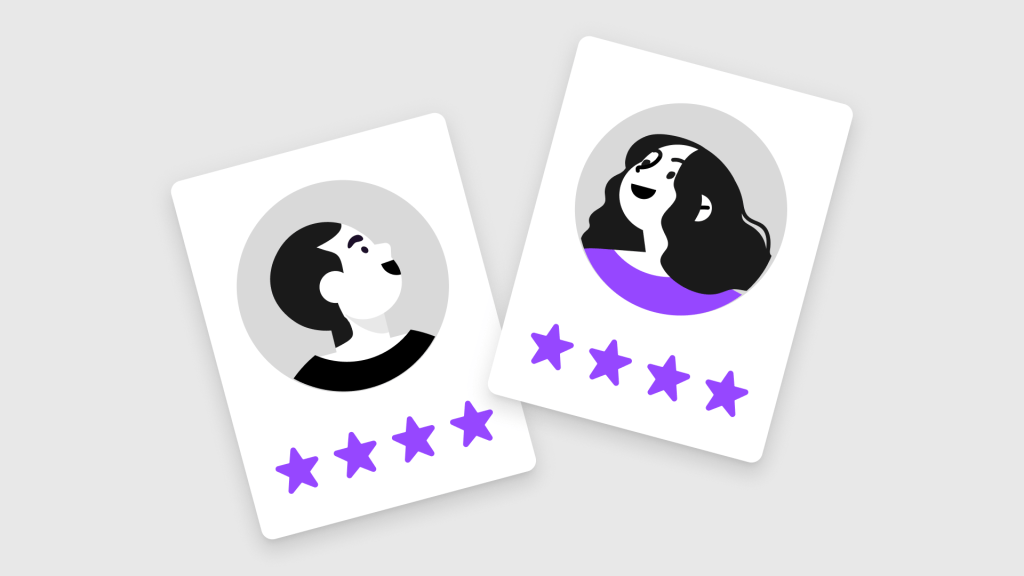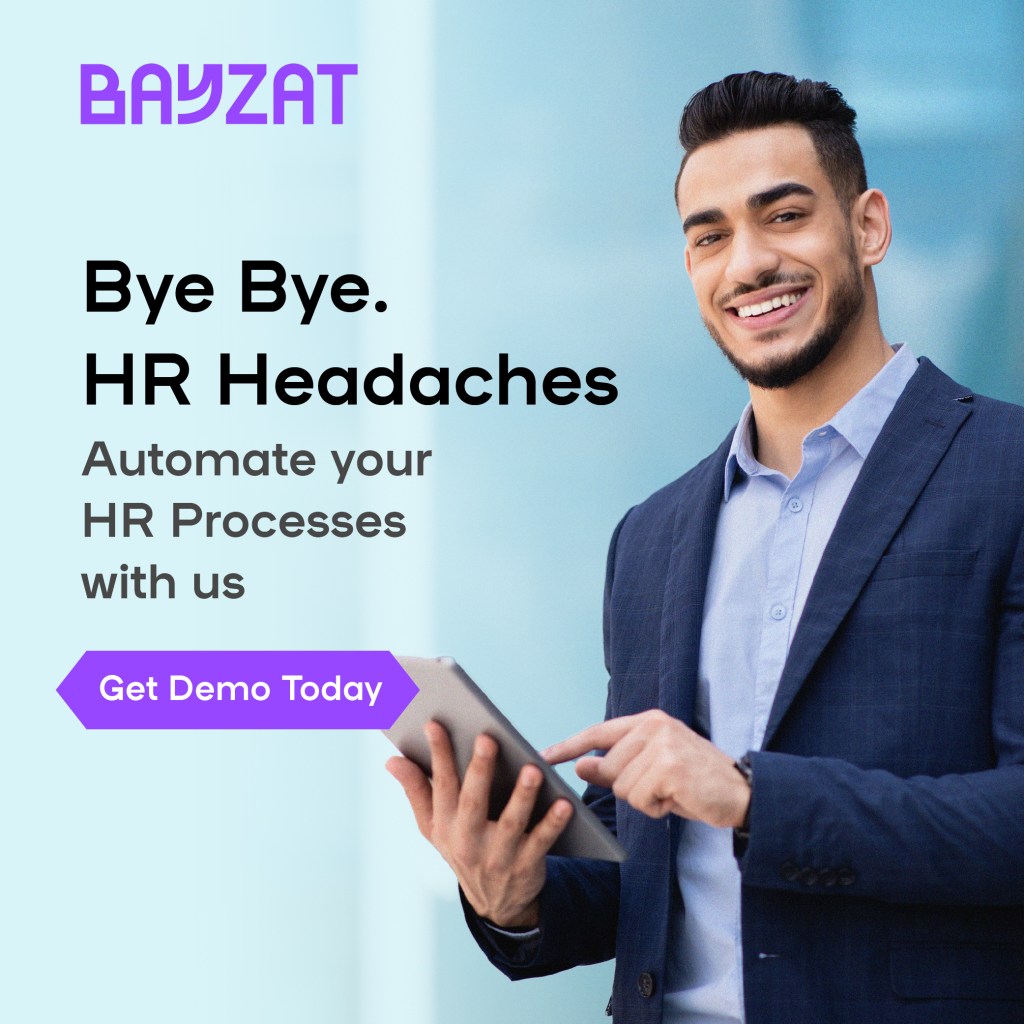Workers make your business a success story. You must set a comprehensive talent management approach to human capital for it to happen. Creating a comprehensive talent strategy often falls to HR, as many of its functions involve recruitment and retention. HR needs to identify individuals within and outside your organization to meet your skill demands – now and in the future.
The best talent strategies rely on HR and digital tools to support your staff. A talent strategy will look at employee engagement and performance management, utilizing these concepts for the better.
So what are the core building blocks of a comprehensive talent strategy? Let’s look at actionable tips to get your business started on the right path.
Understanding Organisational Objectives and Workforce Needs
It all starts with an understanding of your organizational goals. You need to align those goals with your talent strategy. What is your business looking to achieve, and how can your workforce help you do that?
The best idea is to start from your current situation. You want to:
- Identify your current business goals and objectives.
- Look at your existing talent pools. What are the skills that you already have that help achieve those goals? What are the significant gaps you have?
- Understand talent development opportunities. You also want to consider what skills could be developed quickly in-house. What kind of development strategies do you already have in place? What systems can you add?
- Identify the digital tools to support talent acquisition. You can often boost in-house talent development with technology. What are the gaps you might fill with the right tools?
- List the outside opportunities and options. If you can’t fill your gaps with in-house strategies and talent, consider the opportunities you have outside – I.e. recruitment and training.
It’s essential to consider the workforce needs you have carefully. Be mindful of things like demographics and industry trends. For example, the recent rise of AI tools could quickly transform your workplace. Do you have the right skills across the board to answer these challenges?
By creating a comprehensive understanding of the strengths of your current workforce, you can better learn about the weaknesses. You can approach these weaknesses with a fresh mindset and introduce the tools and frameworks that help fill those pesky skill gaps.
Talent Acquisition and Recruitment
Talent shortages are a real struggle for many organizations. The larger your organization, the more you may find it difficult. But smaller companies can also need help with recruiting the right talent. The reality is that hiring the wrong people can cost your business.
Your HR must attract the right people for the right roles. It is essential to align recruitment with the skills needed for the part and the organizational culture and values. Even the most talented employee might not be suitable if they don’t fit the values you hold dear. Employee engagement has much to do with feeling ‘at home’ at work.
One of the best steps you can take as an organization is to brand yourself as an employer. You want to highlight your values, how you treat and support your employees, and the bigger goals you want to achieve in the business world. When you have the brand in place, you can start effectively looking for the right talent.
You want to be upfront with the skills you need and the opportunities you offer. You want to have suitable candidates applying so that your HR has the easy task of selecting the right talent.
Furthermore, you must make the recruitment process as straightforward and seamless as possible. Candidates who get frustrated or remain unaware of what is needed will not get a favourable image of your business. These frustrations can lead to talent going elsewhere or creating ineffective onboarding processes.
You want the talent pipeline to be smooth from when the candidate sees an open position to when they finally start working. Throughout this process, it’s vital to focus on helping the candidates understand your talent culture. You want to be upfront about things like talent development and performance management because it means the new recruit sees a future with your business from day one.
The employee experience is the foundation of a strong employer brand and plays a crucial role in attracting, engaging, and retaining top talent.”
– Jacob Morgan, Author and Employee Experience Expert
Talent Development and Training
That brings about the following significant element when creating a comprehensive talent strategy. You don’t want to find just the suitable candidates for your current needs. You want to ensure you develop those skills further and make it easy for employees to obtain new essential skills.
The workplace is constantly changing. Even the same job positions require quite a different skill set these days than even a decade ago. By maintaining ongoing training, you guarantee your employees always have the current tools at their disposal to perform well.
A comprehensive talent development plan should:
- Train employees – You want to keep skills up-to-date with regular training sessions, courses and workshops. These should be related to the person’s job title but also provide incentives to expand their talent pool.
- Offer mentorship programs – Mentoring can be a great tool to expand talent management and boost employee engagement as well. You want employees to become a core unit that supports one another and helps elevate each member of the team.
- Provide career development initiatives – You want to encourage your staff to boost their skill set and look for career opportunities within your organization. Different programs, from leadership training to work replacement workshops, can be a great way to boost engagement.
You should nurture a learning mindset in the workplace. Show all levels of your organization are constantly learning and growing. This type of culture can help attract the right talent but also ensure you can skip expensive recruitment programs when you identify talent gaps. Instead, you can turn to your existing workforce and get the right people in place.
Performance Management and Employee Engagement

Much of your talent strategy boils down to performance management. Performance management helps you to understand your current talent pool, the effectiveness of your staff, and any pain points that might be in the way. With the right strategy, you can identify those gaps early and adjust your system.
When it comes to effective performance management, it is vital to set clear expectations, provide regular feedback and nurture employee engagement. Start with the company goals and align those with performance management. You can use digital tools to track performance and provide coaching to your employees.
Read More about- Performance Management: All You Need to Know
Succession Planning and Leadership Development
Finally, you need to include succession planning and leadership development in your talent strategy. Succession planning will allow you to select and develop key talent. You can place people into top-level, critical roles from within your organization instead of spending time looking elsewhere.
The fact is that people will leave your organization at times. This can be due to moving to another company, but it can even be due to retirement, ill health or something as good as a promotion. With a succession strategy, you ensure you always have qualified people ready to take on different roles.
While you are coaching and training your staff, keep an eye on the top talent. Make sure you select the right people for leadership roles and keep checking with employees where their ambitions lie. You should always make it straightforward for employees to see different paths for future roles.
Your talent development should focus on representing the different career paths to your employees. It is a good idea to have different types of career paths available, as not all employees want leadership roles, for example.
Conclusion

Suppose you want to ensure higher levels of employee engagement and job satisfaction. In that case, you need to focus on creating a talent strategy for your business. As we’ve seen, you need to align your organizational objectives, create a framework that emphasizes talent acquisition, development and succession, and maintain strong performance management.
Much of the management falls to your HR department. They must create talent management initiatives that are constantly updated and adjusted according to your needs. As the company grows, your needs will also shift. HR professionals must stay on top of the current strategy and then tweak it as their needs change and the talent pool develops.
By creating a solid talent strategy, your business can attract, retain and develop top talent. With that talent, your business can face any challenge and grow into a successful business!
FAQs on Comprehensive Talent Strategy
Q. How can HR align talent strategy with business objectives?
HR can align the organization’s talent strategy with its business objectives by collaborating closely with leaders, conducting a thorough talent analysis, and identifying the required skills for success.
Q. How to develop and communicate a strong employer brand?
HR can develop a strong employer brand by defining the company’s values and culture, showcasing its strengths through various channels, and leveraging employee testimonials to create a positive employer brand image.
Q. How to foster employee development and engagement in talent strategy?
HR can foster employee development and engagement by providing clear career paths, offering ongoing learning and development opportunities, and implementing mentoring or coaching programs.
Q. What are effective talent acquisition strategies for hiring the right candidates?
Effective talent acquisition strategies for HR include designing accurate job descriptions, utilizing diverse sourcing channels, implementing efficient screening and selection processes, and leveraging technology and data analytics.








Get Social